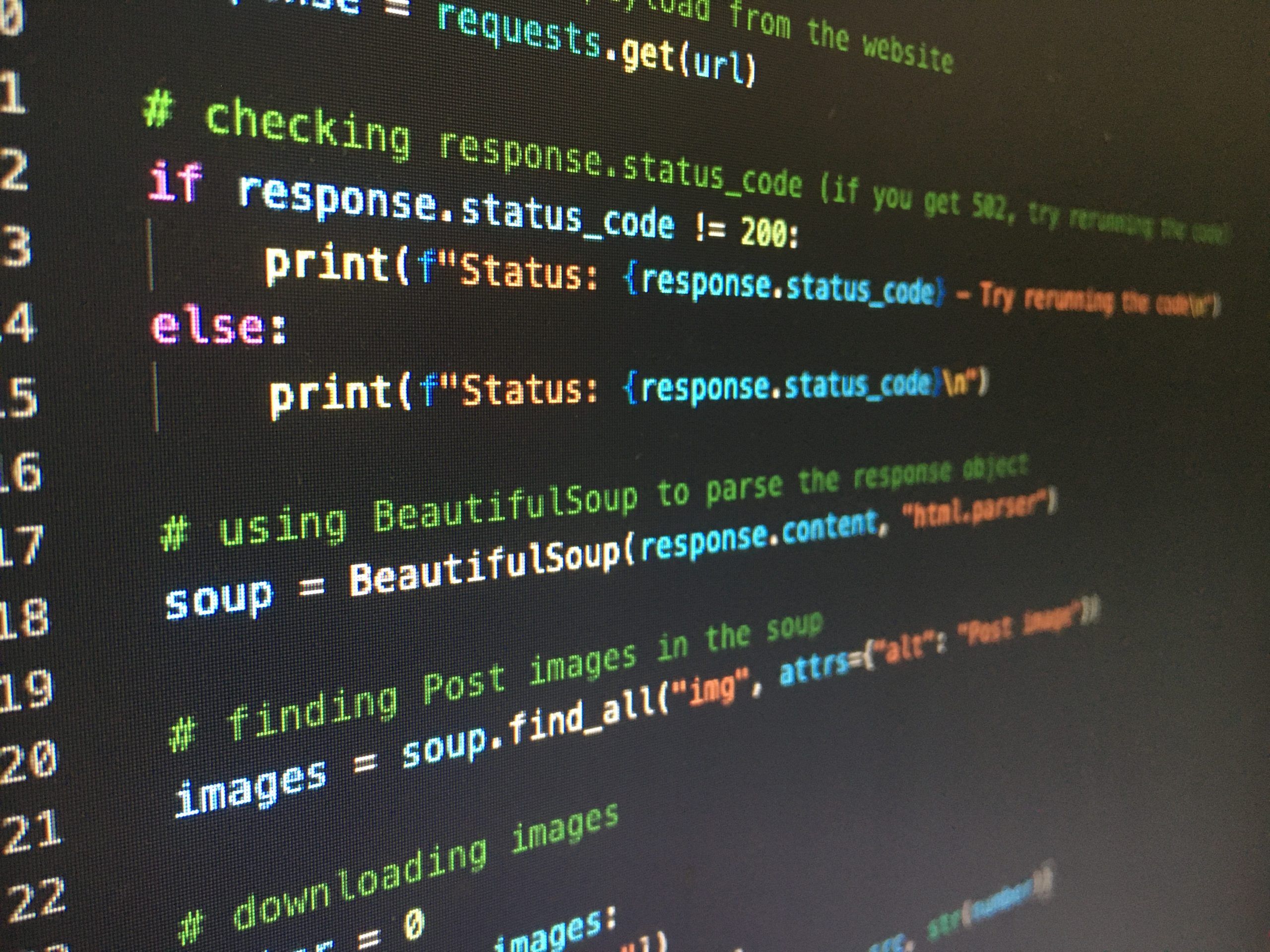Today we are all aware that coding helps in developing logical and problem-solving skills. Keeping this in mind, young coders are being exposed to different types of programming languages. Python is one of the more popular ones. Python is gaining popularity because of its ease to learn for beginners.
What is Python?
It is a programming language that is interpreted, object-oriented, and high-level language which makes it more acceptable to developers. Python coding is famous for its built-in modules. These packages allow a developer to do a wide range of diversified programs with simplified and quicker-to-execute software. Python coding enables the programmer to develop server-side web applications and create various kinds of GUIs and APIs. One can use Python to build blockchain applications, audio, and video apps, and even machine learning applications.

We, at SkoolofCode, enable young children to understand the concepts of programming using Python coding in a fun and engaging way. I take this opportunity to give you a glimpse of how our teachers are step by step using various capabilities of python to make sure our students get a deeper understanding of the concepts. We, at SkoolofCode, use a 4-step approach to learn Python the fun way.
Step 1- Introduction to Python Coding:

At SkoolofCode, programming for kids starts with the facilitators introducing the conventional ways of printing output on the screen and moving toward playing games using collections. While creating and playing games the child gets confident about basic concepts of programming. Games like Guess the number talk of in-built packages like Random and the hangman game makes students more confident in Python coding using lists. When creating these games, the student understands how to manipulate and search within strings.

Once familiar with collections students move to create games using the concepts of Strings, Lists, dictionaries, and random like Rock, Paper and Scissors. It enables the student to appreciate these concepts and use them as per the need of the program.

Step2- Python Library (Turtle)
Built-in libraries are introduced with the help of Turtle library. Instructors do a lot of fun activities with the learners when presenting the Turtle library. Kids create various geometric shapes in different colours. They create games like spinning the Fidget Spinner and Snake game which they have often played in different apps. While creating the familiar games they understand what are libraries and how they are used to create several distinctive projects.
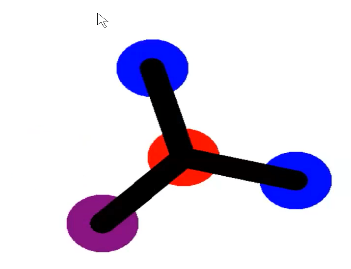
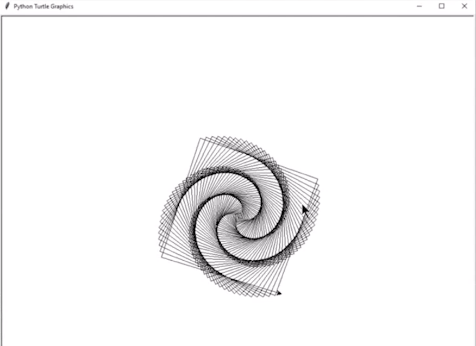
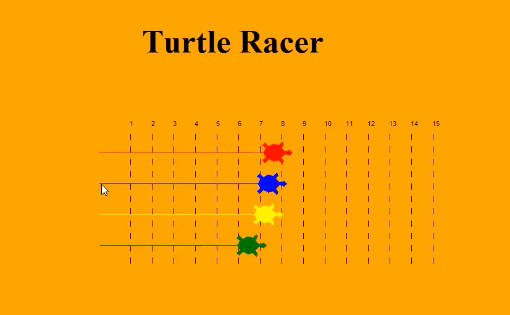
My favorite is the Turtle Race which is a combination of the user-defined function to check the winner using random and of course the turtle library. By the end of step 2, learners are quite sure of themselves and produce games with different levels of difficulty.
Step 3: Data Structures
Once pro with a basic understanding of Python programming and libraries, the trainer presents the information about different data structures used in programming. They are familiarized with the working of queues, stacks, and circular queues with the help of small programs. It is quite interesting to see how the game Tower of Hanoi is used to teach recursion.

Students are provided knowledge of how to handle files using python coding. The need and importance of when files are required, and how to read and write content from the files are understood and implemented. The learners are also exposed to exception handling and JSON coding. It’s interesting to watch the project Interactive Dictionary of words using JSON.
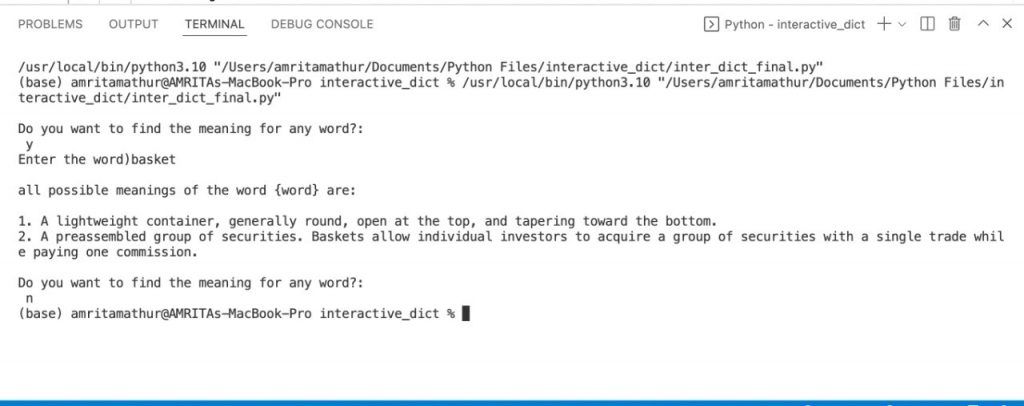
Step 4: Object Oriented Programming
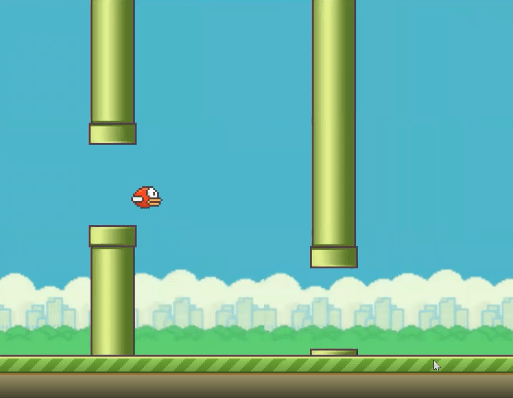
We move our students from the procedural approach to Object-oriented programming. The trainer takes each concept: Classes, Objects, Encapsulation, Abstraction, Inheritance and Polymorphism step by step. SkoolofCode takes pride in introducing each of the OOP’s concepts using real-time problems and making the child conscious of why and how each concept is implemented. So, why wait and Book a FREE trial class today. Small projects like Colorful Flowers are used for a better understanding of the OOPs principles. The course finishes with a larger project like – Flappy Bird, Space game, etc. which is based on the OOPs concept and uses most of what has been learned during their journey of learning python coding.
By: Ms. Divya Dalal, an educator working with SkoolofCode taking Scratch and Python classes. She has done MCA, Master in Technology in Software Engineering.

